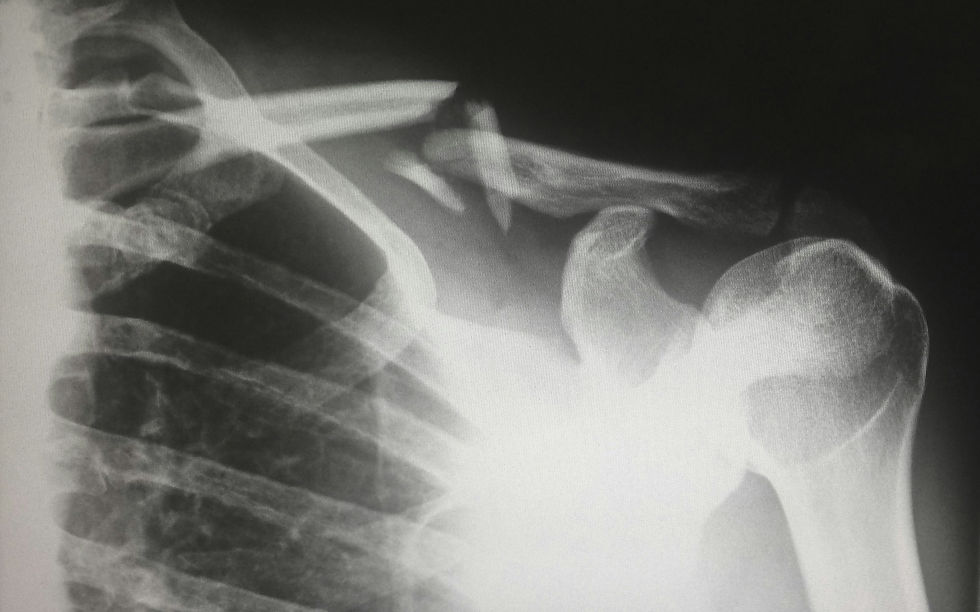Osteocytes are the "Stars of the Show"
- marketingc8
- Jul 29, 2021
- 3 min read
For paleontologist Yara Haridi, bones are the best. In life, bones protect organs, facilitate movement, and produce red blood cells. In death, bones become, according to Haridi, “libraries of the past” revealing surprisingly gushy details about long-dead owners, like age, diet, where they lived, and whether they laid eggs, walked, climbed, or flew. In life and in death, bones never cease to impress.
As a PhD student at Museum für Naturkunde in Berlin, Germany, Haridi focuses on bone cells known as osteocytes. Osteocytes, she says, are the “stars of the show” when it comes to bones. They can sense pressure and changes in chemistry and communicate when to “destroy” or “rebuild” bone, depending on an organism’s needs. Osteocytes are capable of eating bone around them to redistribute minerals in the bloodstream for muscles and brains to use. They can also take minerals in the body and store them back into bones. If you want to know how to recycle efficiently, talk to an osteocyte.

Most humans have about 42 billion osteocytes lurking in their bones. Haridi wanted to know specifically when these smart cells showed up in the evolutionary timeline. So, she studied a 420-million-year-old fossil of a jawless fish.
The hitch? Since Haridi works with fossils, she cannot see the osteocytes, because, well, they’re dead. So, she infers their existence by the “casts” or shapes that they leave behind in the tissue. It’s like studying “ghosts” or “snow angels,” she says.
To see such snow angels requires a technology that Haridi did not possess. At least, that is, at first.
Most of her research was limited to “taking a piece of tissue, putting it on a slide, and shining some light through it to see what it’s made of.” In fossil samples, the paleontologist could discern the shape, but could not see how the cells communicate in three dimensions. It was as a bit like “trying to understand what a sphere is when you only have a circle,” she says.
Then, by chance, she walked by a poster hanging on the wall in the Helmholtz Institute in Berlin, Germany. She leaned in closer and saw what appeared to be three-dimensional images of fossil cells. She proceeded to “freak out” and asked a member from her research team, “where did this come from?”
The images came from a technique called FIB-SEM, mercifully shortened from ‘focused ion beam-scanning electron microscopy.’ It works by directing a beam at a fossil sample that in effect “sputters” the atoms into thin layers. Images of these layers are then put into a software program, which renders a three-dimensional model. The technique is popular in battery and material science, but had not been used widely in the study of fossils. Using the images in a March 2021 paper, Haridi says, “nobody had seen fossil cells or cell spaces at this resolution before.”
The paper confirms that the osteocytes in our bodies today are remarkably similar in shape and size to the osteocytes found in a 420-million-year-old fish. But perhaps the most important finding are images showing parts of bone with low density and in the process of “demineralization.” Not only did the fossil have osteocytes, but they recycled and redistributed nutrients, just as they do today.
Except for a small number of bony fish, all vertebrate life today contains osteocytes in their bones. Such proliferation, and such a long history, reflect a certain truth about evolution: if it ain’t broke, don’t fix it.
++
Follow this link for a terrific interview with Yara Haridi in National Public Radio.
.
.
.
.




Comments